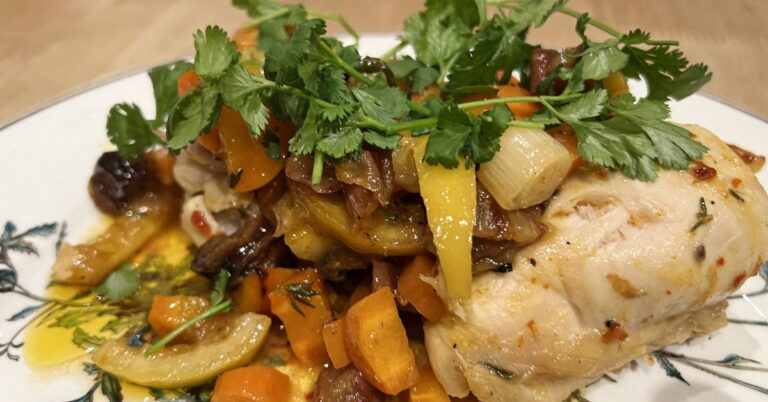15 Dishes From The 1970s That Disappeared From Everyday Menus

Many iconic foods from the 1970s have quietly vanished from modern menus, due to shifting tastes, greater focus on nutrition, and a move toward fresher, simpler cooking. As home cooking evolved and trends moved toward simplicity and freshness, these complex or processed dishes lost their appeal and disappeared from everyday dining. Here are 15 examples missing from today’s menu.
Aspic
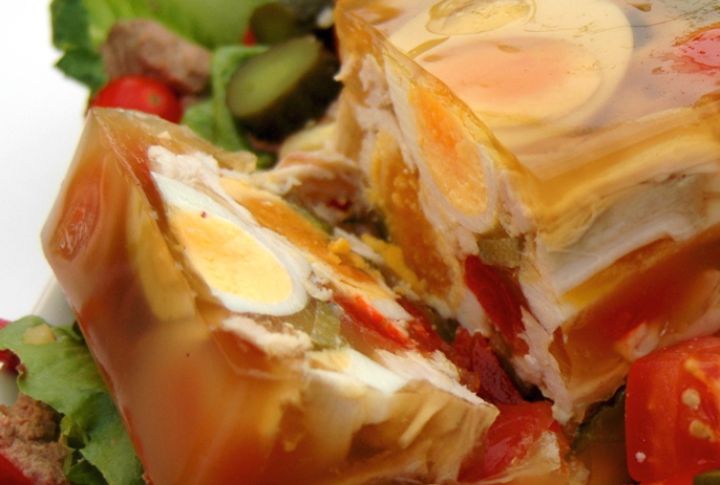
Gelatin wasn’t just for desserts in the ’70s: it was a savory recipe. Aspic, made from meat stock and gelatin, often encases vegetables, eggs, or cold cuts. Betty Crocker even published recipes for tuna-in-aspic molded salads, complete with olives and mayonnaise. Once seen as elegant and refined, it now seems unappetizing to modern tastes.
Fondue
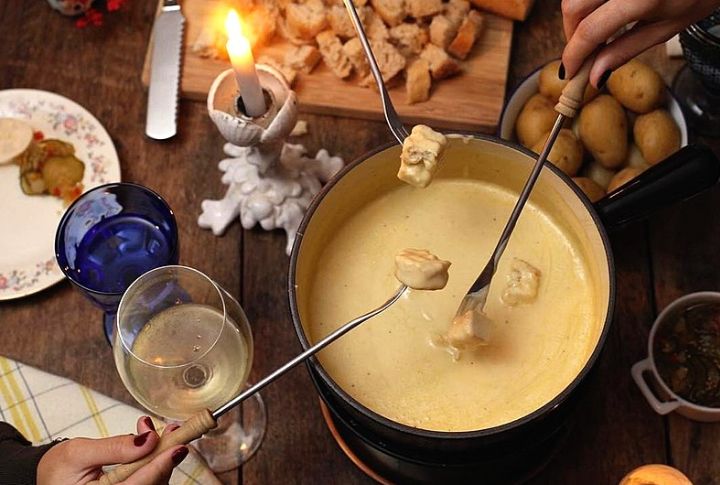
This Swiss import gained popularity in the 1970s, becoming the centerpiece of many social gatherings. Using a communal pot of melted cheese or chocolate, people dipped bread, fruits, or meats with long-stemmed forks. The trend was so big that sales of fondue pots in the U.S. peaked around 1975. Today, they’re mostly collecting dust in thrift stores.
Watergate Salad
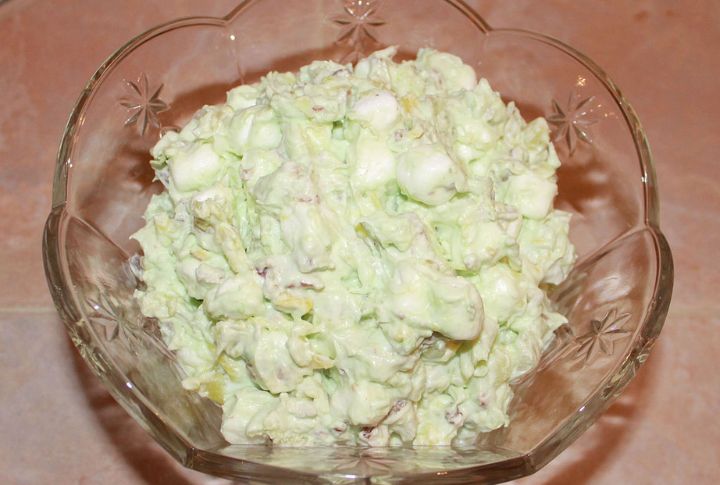
Named after the scandal but invented by Kraft, this dessert salad combined pistachio pudding, canned pineapple, marshmallows, and whipped topping. Despite its pastel green color and odd texture, it was a potluck favorite. It first appeared in the mid-‘70s and was printed on Jell-O pudding boxes. The name added kitsch appeal more than historical significance.
Ham And Banana Hollandaise
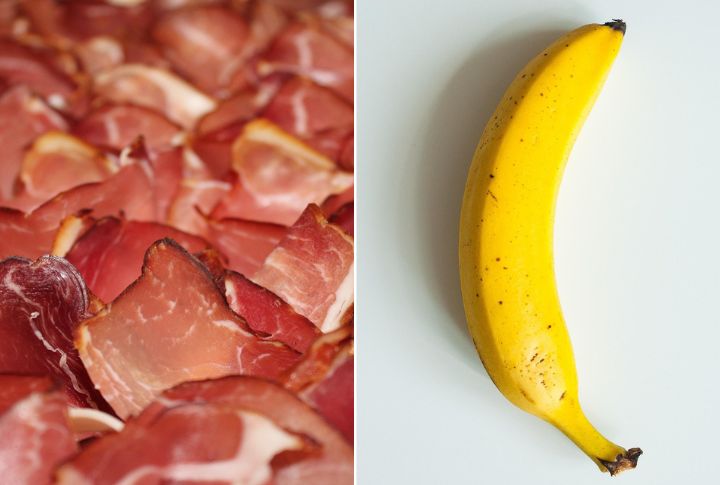
This oddball combo had a brief moment thanks to Betty Crocker’s recipe books. Bananas were wrapped in sliced ham, baked, then slathered with hollandaise sauce. It was meant to be a sophisticated, tropical-inspired entree. Despite cookbook promotion, its popularity never lasted, and it’s now often cited in lists of America’s most bizarre vintage dishes.
Tuna Noodle Casserole
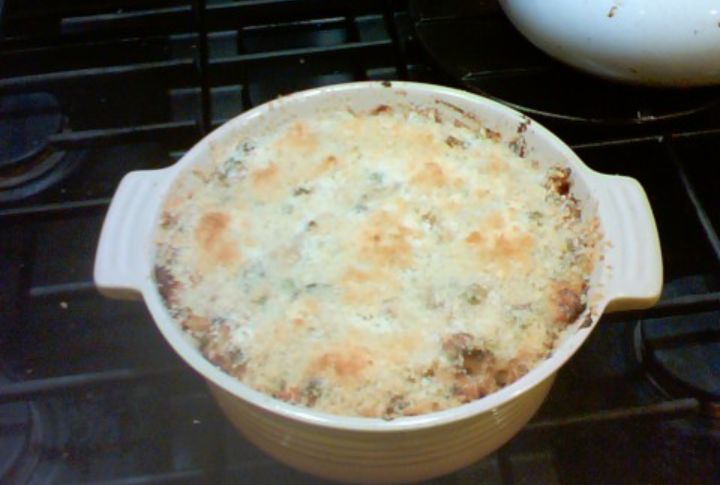
Convenience ruled the ‘70s kitchen, and this casserole epitomized that trend. It used canned tuna, cream of mushroom soup, egg noodles, and sometimes crushed potato chips on top. The dish required minimal prep and relied heavily on processed foods. Campbell’s soup ads in the decade often featured it as a weeknight staple.
Jell-O Salad
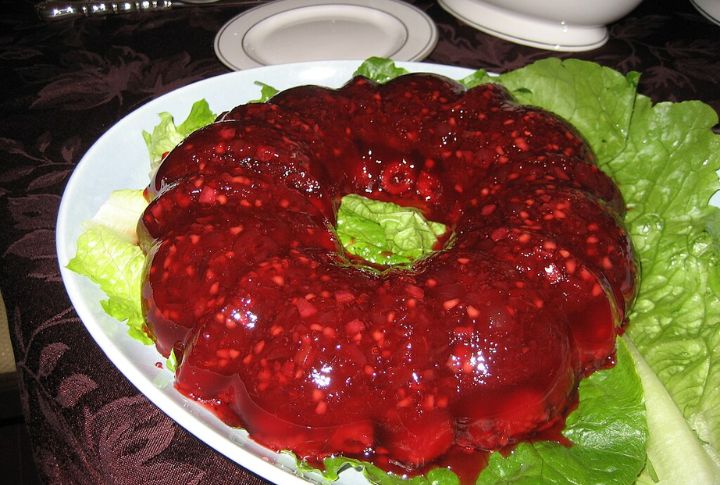
A common sight at family dinners and church potlucks, Jell-O salads often blended gelatin with canned fruit or even shredded carrots. These creations came in molds and sometimes included savory ingredients like celery or olives. They were more visually striking than appetizing. In 1974 alone, Jell-O released more than 30 recipe variations in promotional materials.
Mock Apple Pie

An economical trick from the post-conflict pantry that lived on through the 1970s, mock apple pie used Ritz crackers instead of apples to mimic the texture and taste of the real thing. The recipe, famously published on Ritz cracker boxes, called for sugar and lemon juice to simulate the flavor of cooked apples.
Stuffed Celery

Celery sticks packed with cream cheese or peanut butter were a go-to appetizer during the 1970s. Easy to prepare and serve, they often appeared at holiday buffets and cocktail parties. Some versions were sprinkled with paprika or chopped walnuts for flair. Today, they’re rarely seen outside of vintage cookbooks or nostalgic gatherings.
Salisbury Steak TV Dinners

This frozen meal, marketed as a grown-up alternative to burgers, came smothered in gravy with a side of mashed potatoes. It gained traction with the rise of microwave ovens and the popularity of single-serving meals. Swanson and Banquet dominated the market during the decade. Despite its popularity then, today it’s more of a culinary punchline than a household staple.
Chicken A La King
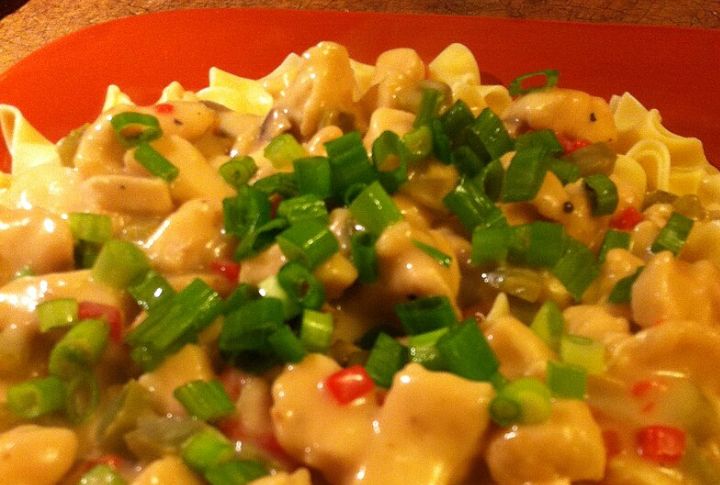
Creamy, rich, and often made with canned chicken or leftovers, this dish reached its peak in the 1970s as a dinner party favorite. Served over toast points or pastry shells, it featured a velvety sauce with mushrooms and bell peppers. The recipe was especially common in school cafeterias. Campbell’s included it in many of its recipe booklets.
Baked Alaska
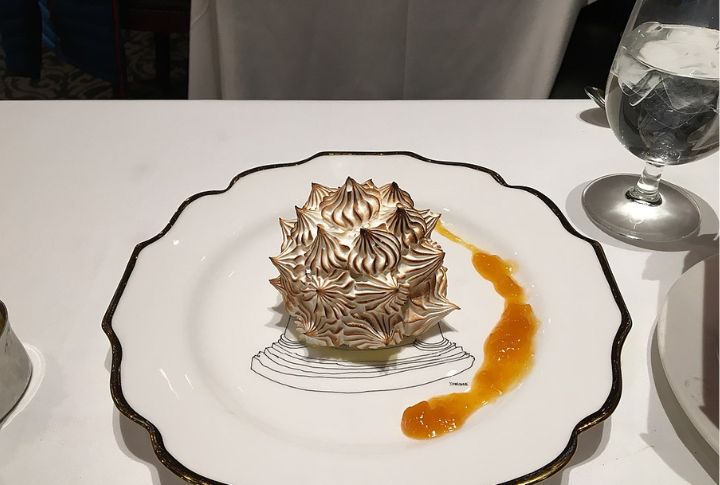
Flamboyant and theatrical, Baked Alaska featured cake layered with ice cream, all encased in browned meringue. It was torched tableside or briefly baked to crisp the meringue while leaving the ice cream intact. It was popular for special occasions and was seen as the height of retro elegance. Few home cooks attempt it today due to its complexity.
Liver And Onions
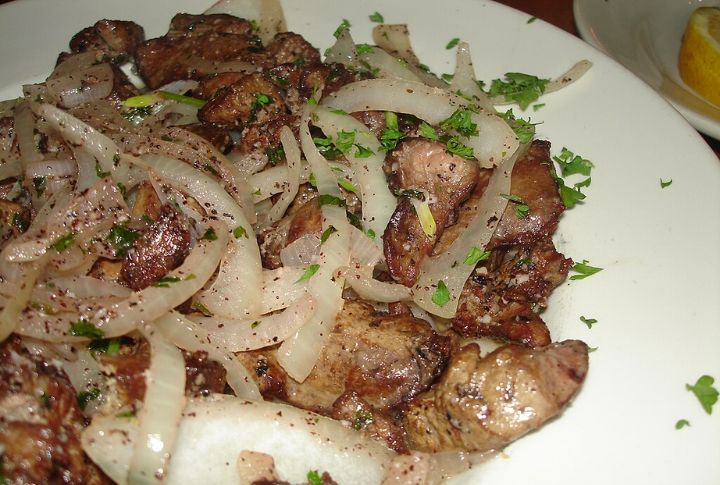
Despite its health benefits, this recipe has largely fallen out of favor due to its strong flavor. Once considered a nutritious staple, liver and onions were a regular feature on ‘70s dinner tables. The liver, usually pan-fried and smothered in sauteed onions, was valued for its iron and vitamin content. Children often dreaded the smell wafting from the kitchen.
Tang

This bright orange powdered drink mix was marketed as a space-age beverage after NASA used it in Gemini missions. Its sugary, citrusy taste made it a breakfast table fixture in the ‘70s, especially among kids. General Foods capitalized on the astronaut angle in TV ads. By the 2000s, it had all but vanished from American pantries.
Deviled Ham Spread
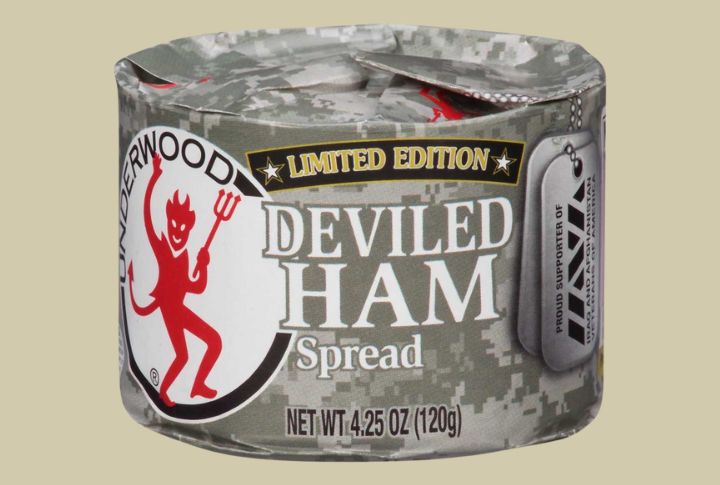
Packaged in small metal tins featuring a red devil logo, this meat spread was a staple for lunchboxes and cracker parties. Made from finely ground cured ham, it was salty, tangy, and shelf-stable. Underwood’s version dominated the market and was especially popular during camping trips and school lunches.
Beef Stroganoff (Canned or Boxed Version)
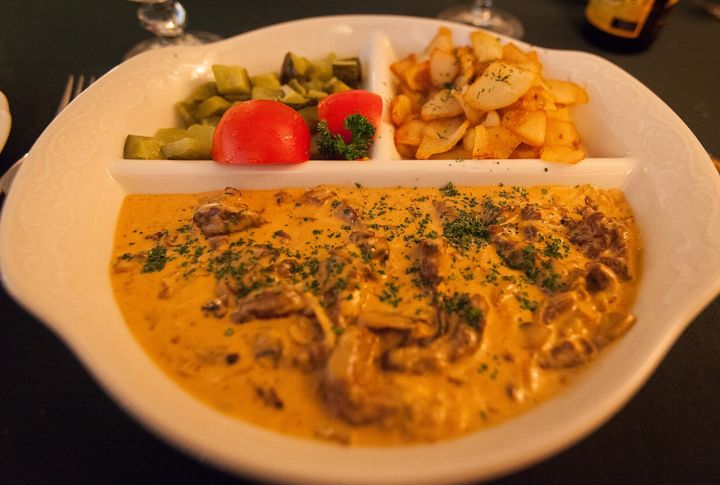
In the 1970s, a box of Hamburger Helper could turn ground beef into something vaguely European, like beef stroganoff. While the dish has Russian roots, the American version, loaded with sour cream and cream of mushroom soup, became a weeknight favorite. It was an early example of processed international cuisine tailored for busy households.

